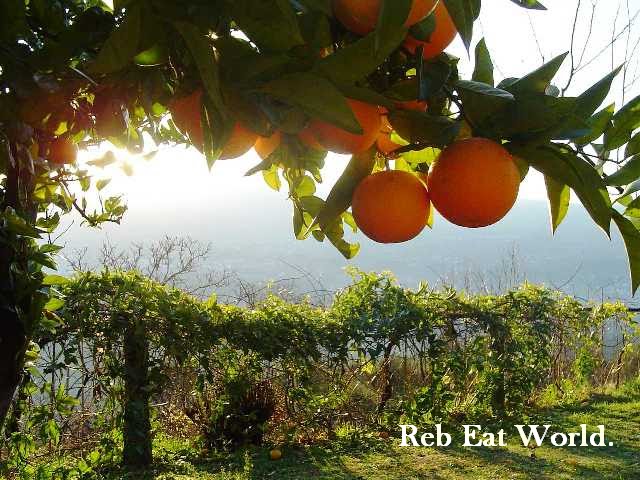
This is actually the whole reason for this blog-- how many times have I asked for the recipe for pie pastry, scrawled it on a scrap, and discarded/lost it directly? Perhaps a dozen. So here it is, set out in 2008's version of permanence. Mom claims to make it exactly as instructed by Better Homes and Gardens.
Pie Pastry
Single Crust
1 1/2 c sifted all purpose flour
1/2 t salt
1/2 c shortening
4 to 5 T cold water
Double Crust
2 c sifted all purpose flour
1 t salt
2/3 c shortening
5 to 7 T cold water
Sift flour and salt. Cut in shortening till pieces are the size of small peas. Sprinkle water over, 1 T at a time, tossing mixture after each addition. Form into ball. Dough should rest for a while at this point, either in the refrigerator at room temperature, wrapped in plastic wrap. Flatten on lightly floured surface; roll 1/8 inch thick from center to edge.
But what about using it? I thought I'd compile in the same entry Mom's methodology for actually assembling pies-- including 'recipes' for some basic fruit pies.
Assembling a single-crusted pie
Roll out the pastry, and lay it in a pie plate. Trim the edge to a Mommy's finger's side's width from the edge of the plate. Turn it up under itself and crimp it between your fingers to form a beautiful edge. A personal instructional session is recommended. To blind-bake the crust, take a piece of foil and press it in the pie plate BEFORE laying the pastry in the pie plate. Remove it. Carefully fit the shaped foil into the assembled pastry. Fill it full of dry beans or other approved weights. Bake at 400 F for 10 minutes. Take out pie and foil, prick the crust with a fork, bake for 10 more minutes.
Assembling a double-crusted pie
Cut ball of pastry in half (see below for exceptions). Roll out half of the pastry, and lay it in a pie plate. Trim the edge to a Mommy's finger's side's width from the edge of the plate. Fill the pie. Roll out the second half of the pastry and lay it on top. It's easier to lay it on top if you fold it in quarters before putting it on the pie and then unfolding it. Cut a design on it if that suits your fancy. Trim the top crust a finger's width wider than the bottom crust. Fold the overhang of the top crust around the overhang of the bottom crust and crimp it. Again, personal tutorials are recommended. Bake such pies at 400 F for 30 minutes; turn the heat down to 350 F and bake for 35 minutes. Unless of course you have some other sort of filling that wants a different baking time.
Apple Pie
1 c sugar
4 T flour
2 t cinnamon
dash nutmeg
dash salt
Stir it over your apples. If you have many many apples, Make a bigger top crust than you otherwise would. This is the exception I mentioned above.
Peach Pie
Peach pie needs 1 T more flour than apple pie; Mom uses half as much cinnamon and often adds ginger.
Blackberry Pie
Use 2 pounds of blackberries. Use half as much cinnamon than apple pie. Mom says, "the issue of how much thickener to use is largely a matter of taste. Some people like their pies juicier, and some people like their pies stodgier. Also it depends on the juiciness of the fruit. So, yeah, you'll probably want extra flour in a blackberry pie."
If you use frozen fruit, bake it longer in the second half-- an additional five minutes or so.
Rhubarb Pie
Use 2 pounds of rhubarb. Make like apple pie.


2 comments:
Before laying on the top crust of a double crust pie, the edge of the bottom crust should be lightly wetted, thus allowing the two layers of pastry to form a tighter bond when they are crimped together.
I find these baking times usually a bit too long. When filling juices start to bubble their way up through the inevitable cracks around the edge of the crust, the pie is done. There's no point leaving it in there to splop sugary glop all over the oven. Also, cardamom is a great addition to the spice mixture, especially for peaches. If you want to bake up your piecrust scraps, put them on a cookie sheet, brush with maple syrup or whatever, and bung them in the oven on the rack underneath the pie when you lower the oven temperature. Unless you have rolled them too thin, they will be nicely done when the pie is done, and the cookie sheet catches the afore-mentioned sugary glop.
Post a Comment